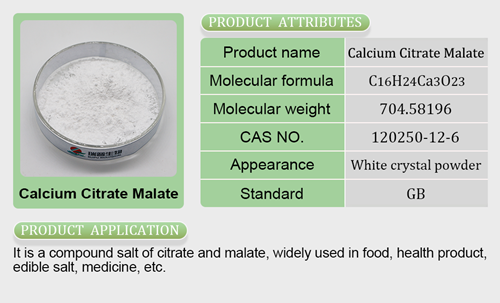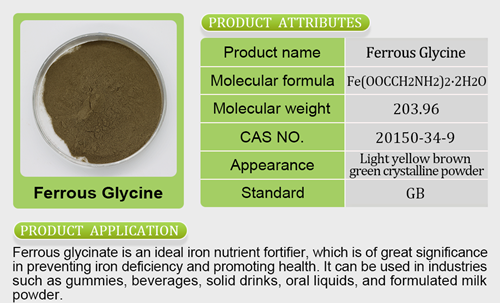Cricket-based food startup awarded $100,000 by USDA to make bugs tasty
Insects aren’t widely viewed as a food source in the U.S. because too few edible bugs are available here — less than a dozen species, compared to 300+ in some cou ntries, according to the World Health Organization.###Crickets, however, are found throughout the wo
ntries, according to the World Health Organization.###Crickets, however, are found throughout the wo rld, and contain healthy fats, fiber, vitamins, minerals and protein. As Mother Nature so often reveals, good things come in small packages. ###In most countries where crickets and other insects are regularly consumed, they became — and remain — an important diet compzinc gluconate walgreensonent out of necessity, not desire. American consumers have a plethora of protein options at their disposal and a love for red meat. These cultural trends, plus the “ick” factor of edible insects, make it challenging to market cricket-based products. ###Still, crickets gnld chelated zinc benefitshave a significantly smaller carbon footprint than cows and other protein sources do, and researchers have also found that they provide more minerals than beef. This miherb zinc bisglycinateay be enough to sway consumers who are conchelated zinc que quier
rld, and contain healthy fats, fiber, vitamins, minerals and protein. As Mother Nature so often reveals, good things come in small packages. ###In most countries where crickets and other insects are regularly consumed, they became — and remain — an important diet compzinc gluconate walgreensonent out of necessity, not desire. American consumers have a plethora of protein options at their disposal and a love for red meat. These cultural trends, plus the “ick” factor of edible insects, make it challenging to market cricket-based products. ###Still, crickets gnld chelated zinc benefitshave a significantly smaller carbon footprint than cows and other protein sources do, and researchers have also found that they provide more minerals than beef. This miherb zinc bisglycinateay be enough to sway consumers who are conchelated zinc que quier e decirscious of the environment and thalfa zinc gluconateeir health who are looking
e decirscious of the environment and thalfa zinc gluconateeir health who are looking to bolster sustainability, but only time will tell if the average mass market consumer will get on board with eating bugs. ###The food industry certainly isn’t squeamish when it comes to crickets. Companies like Chirps, Bitty and Exo Protein all use cricket-based ingredients to make their products, and the trend shows no sign of slowing down.
to bolster sustainability, but only time will tell if the average mass market consumer will get on board with eating bugs. ###The food industry certainly isn’t squeamish when it comes to crickets. Companies like Chirps, Bitty and Exo Protein all use cricket-based ingredients to make their products, and the trend shows no sign of slowing down.